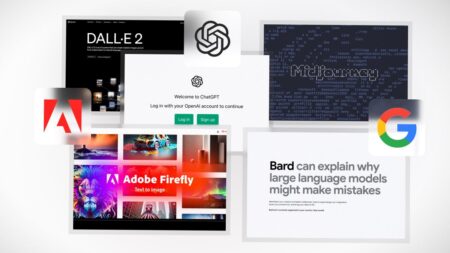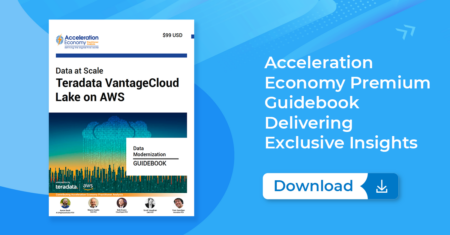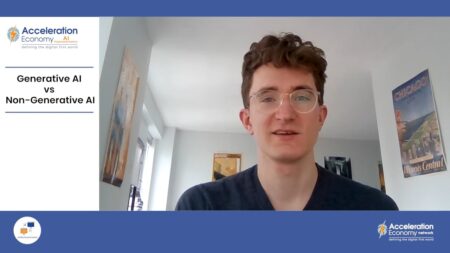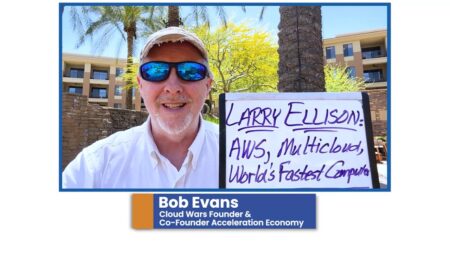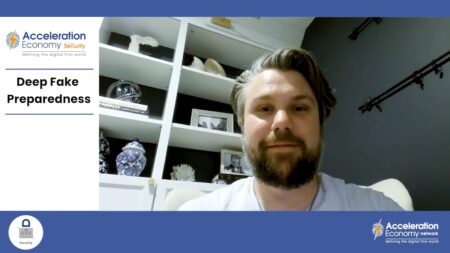While generative AI is still a relative newcomer in the channel, it’s already starting to create an impact in several ways.
Machine Learning
Having the right strategy enables companies to be confident in adopting intelligent automation and optimizing its benefits.
Four-time CEO Tony Uphoff shares a five-part framework for leaders to operationalize data at their organizations.
This guidebook showcases how Teradata VantageCloud Lake on AWS can deliver data scalability with AI-powered insights & resilient security
ChatGPT, and its generative AI underlying technology, can replace some, but not all, human tasks. In this analysis, Janet Schijns explores which ones are best suited for machines versus humans.
Staying ahead of the curve means recognizing the potential of GPT-driven solutions and strategically leveraging them for growth and success.
Databricks recently launched the preview mode of its Databricks Marketplace, where consumers and providers can find, share, and utilize data and ML models.
GPT is the underlying machine learning model that powers ChatGPT. Toni Witt explains what it is, and how its evolution will impact generative AI.
Larry Ellison commented on a few topics as he made a surprise Zoom appearance at the Oracle Analyst Summit last month.
ChatGPT and its ilk are already changing how we work, which is why business leaders must educate themselves and their organizations on harnessing generative AI’s power.
Vanenburg CEO Ardjan Baan shares how the company’s Google Cloud partnership helps customers gain value and actionable intelligence from data.
AI helps deliver a positive customer experience, increases customer satisfaction, and improves customer retention and revenue, but only if applied wisely, writes Scott Vaughan.
After attending a HIMSS session led by DataRobot, Toni Witt contemplates which functions in healthcare should be fully automated and which require human intervention.
After attending the HIMSS 2023 Global Health Conference and Exhibition last week, Toni Witt recaps his top takeaways from the big healthcare industry event.
Toni Witt describes a research project featured at HIMSS 2023 that is using AI/ML to identify high-risk asthma patients to reduce hospitalizations.
Our practitioner analysts share their highlights from the QlikWorld conference. Customers, partners, and innovation are all key to Qlik’s strategy.
In a recent shareholder letter, Amazon CEO Andy Jassy has deemed the company as the leader of machine learning (ML), having more ML customers than any of its competitors.
CEO Mike Capone, speaking at QlikWorld, explains how the company has stood the test of time: a relentless focus on customer outcomes and analytics innovation.
In the “ML wars,” AWS claims to be the leader. In fact, the company has the largest ML functionality and customer base of any cloud provider, claims CEO Andy Jassy.
ChatGPT may be getting a lot of attention, but generative AI-powered deepfakes have been around for a while, and security teams can’t forget this riskier side of the technology, says Rob Wood.


